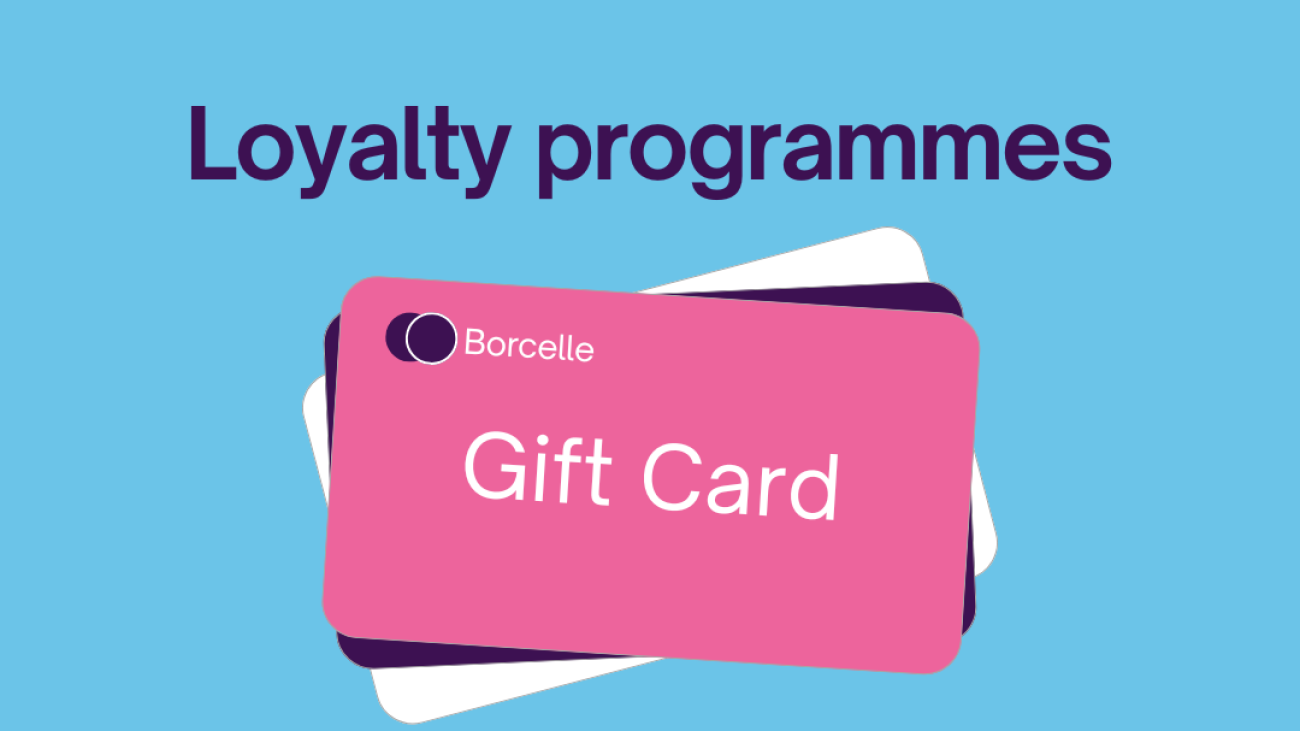Marketing on a Shoestring Budget: 8 simple steps to help you stay ahead!
Marketing can feel like a daunting task, especially when you’re a small business owner working with limited resources. With so many options and channels out there, it’s easy to feel overwhelmed and unsure where to begin. But here’s the thing: you don’t need a huge budget to make an impact. With over 20 years of marketing experience, I know that even small, strategic efforts can make a big difference. Also, don’t rely on one media channel, as you need to ensure your messaging is consistent throughout all your channels.
In this blog, I’ll share a practical approaches that focuses on strategic planning and cost-effective tactics to help small businesses grow and thrive.
Step 1: Strategic Planning – Start with a Solid Foundation
Before you dive into any marketing activity, it’s important to understand ‘what your business vision is’. You need to be clear about what products or services you want to offer.
Strategic planning is your starting point. Think of it as your roadmap; it helps you set clear goals and priorities, so you know where to focus your time and money. Without this, it’s easy to get caught up in jumping from one tactic to another without seeing results.
Take some time to answer these key questions:
– What is my business’s unique selling point (USP)?
– Who is my target audience?
– What are my business goals (e.g., increasing sales, growing brand awareness, building an email list)?
Once you’ve answered these questions, you can focus on your marketing! Also, don’t get lured in by publications asking you to advertise in their magazines – only do it if it reaches your target audience.
Step 2: Organic Social Media – Build Your Presence for Free
Social media is one of the most cost-effective ways to market your business, and when used strategically, it can be incredibly powerful. Start with organic (unpaid) social media. This is about building your brand’s presence on platforms where your target audience spends their time—whether that’s Facebook, Instagram, LinkedIn, or another platform.
Tips for Using Organic Social Media Effectively:
Be Consistent: Post regularly, but don’t overwhelm yourself, you don’t need to post everyday. Aim for quality over quantity. One or two posts per week is a great start.
Engage with Your Audience: Respond to comments, like and share relevant content, and join conversations. Social media is about building relationships, not just broadcasting messages.
Show Your Personality: People love seeing the faces and stories behind a brand. Share behind-the-scenes content, introduce your team, or tell your business’s story. It humanises your brand and builds trust.
Step 3: Boosting Posts – Get More Mileage from Your Social Media
Once you have some regular organic content going, consider boosting posts to reach a wider audience. Boosting a post is a simple, budget-friendly way to increase your visibility and engagement without committing to a full advertising campaign.
Benefits of Boosting Posts:
– Low Cost: You can set a small budget, even as low as £5-£10, to start.
– Targeted Reach: Boosting allows you to choose who sees your post based on location, interests, and demographics, ensuring your content reaches the right people.
– Increased Engagement: Boosted posts can help you gain more followers, likes, and comments, which builds momentum for your brand.
Pro Tip: Before boosting, choose a post that has already performed well organically. If your audience engaged with it without paid promotion, there’s a good chance it will perform well when boosted.
Step 4: Ensure You Have a Website – Your Digital Storefront
A website is essential for any business, regardless of budget. It doesn’t have to be a complex or expensive setup, but having a professional-looking site gives your business credibility and a space to showcase your products or services. Think of it as your digital storefront.
Key Elements for a Small Business Website:
– Clear Messaging: Make sure visitors know what you do and how you can help them within seconds of landing on your site.
– Call-to-Actions (CTAs): Encourage visitors to take action, whether that’s signing up for your newsletter, booking a call, or purchasing a product.
– Blog Section: Adding a blog to your website is a great way to boost your SEO (Search Engine Optimisation) and provide valuable content to your audience. More on this below!
Step 5: Blogging – Drive Traffic and Build Authority
A blog is a fantastic tool for small businesses. It helps drive traffic to your website, improves your search engine ranking, and positions you as an authority in your field. The best part? It’s low-cost and can be highly effective with a bit of time and consistency.
Blogging Tips:
– Focus on Your Audience’s Pain Points: Write content that provides solutions to the problems your target audience faces. This makes your blog valuable and relevant.
– Share Your Blog Across Channels: Don’t just publish your blog and leave it there. Share it on your social media channels, send it to your email list, and encourage others to share it too.
– Stay Consistent: Even one blog post per month can make a difference. Over time, your library of content will grow, boosting your visibility and credibility.
Step 6: Networking and Local Events – Build Relationships in the Community
If you’re a small business, especially one that serves the local community, getting out there and meeting people is invaluable. Networking events, trade shows, local fairs, and even informal meet-ups are great opportunities to connect with potential customers and other business owners.
Networking Tips:
– Have a Business Card Ready: It may sound old-fashioned, but a business card is still a useful tool when meeting people in person.
– Don’t Just Sell – Listen and Connect: When networking, it’s not about making a quick sale; it’s about building relationships. Get to know people and understand their needs. The more you listen, the more valuable connections you’ll make.
– Follow Up: After the event, connect with new contacts on LinkedIn or drop them a quick email. Building relationships takes time, but it pays off in the long run.
Step 7: Email Marketing/Newsletters – Keep in Touch with Your Audience
Email marketing is a powerful way to keep the conversation going with your audience. It allows you to nurture relationships, share valuable content, and offer exclusive deals. The best part? It’s an affordable way to maintain ongoing communication.
Tips for Effective Email Marketing:
– Start Small: If you don’t have a mailing list, start by adding a simple sign-up form on your website and social media pages.
– Be Consistent: Aim to send a newsletter once a month or once every few weeks. Consistency keeps your business at the front of people’s minds without overwhelming them.
– Provide Value: Share updates, blog posts, tips, or exclusive offers that your audience will find useful. The more value you provide, the more engaged your subscribers will be.
Step 8: Adapt and Adjust – It’s Okay to Try, Fail, and Try Again
Marketing is not a one-size-fits-all approach, and it’s completely normal for small businesses to try different strategies, fail, and adjust. Sometimes a particular tactic may not work for your business, and that’s okay. It’s all about finding what resonates with your audience.
Remember, it takes time to build brand awareness and see results. Be patient, track your progress, and remain open to change. Whether it’s switching social media platforms, trying a different type of blog content, or experimenting with new local events, the key is to keep learning and evolving.
Summary
Marketing on a limited budget doesn’t mean compromising on effectiveness. It’s about making strategic decisions, focusing on your strengths, and understanding that small, consistent efforts can lead to big results over time. Whether you’re focusing on organic social media, boosting posts, building a website, blogging, or networking, remember that every small step you take is building towards your business’s success.
If you need help creating a marketing strategy tailored to your business and budget, I’m here to help. At Orchid Strategy, I bring over 20 years of experience working with small businesses, helping them make their marketing work smarter, not harder. Let’s chat and get your business thriving!



